Feb 18, 2021
New metamaterials for studying the oldest light in the universe
Posted by Saúl Morales Rodriguéz in categories: cosmology, mapping, particle physics
The cosmic microwave background, or CMB, is the electromagnetic echo of the Big Bang, radiation that has been traveling through space and time since the very first atoms were born 380000 years after our universe began. Mapping minuscule variations in the CMB tells scientists about how our universe came to be and what it’s made of.
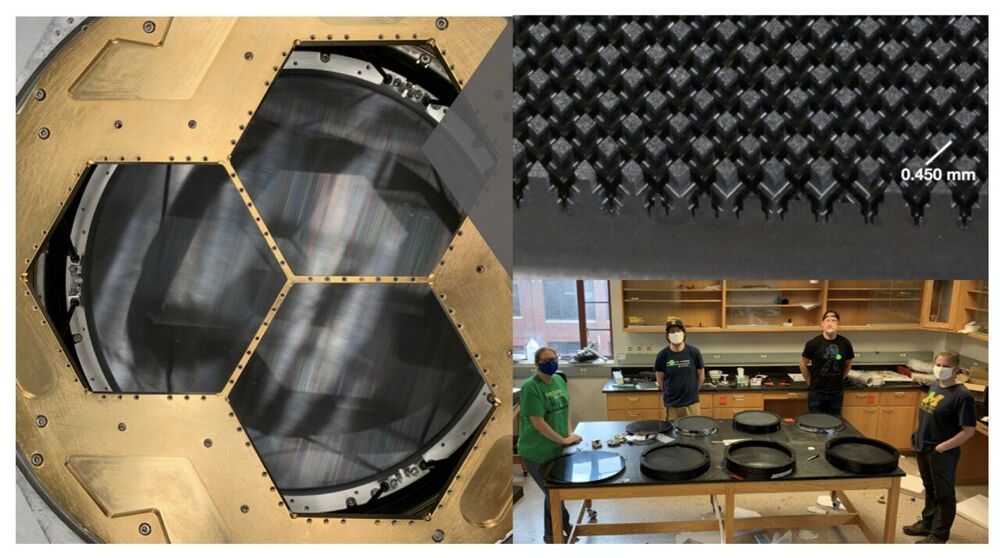
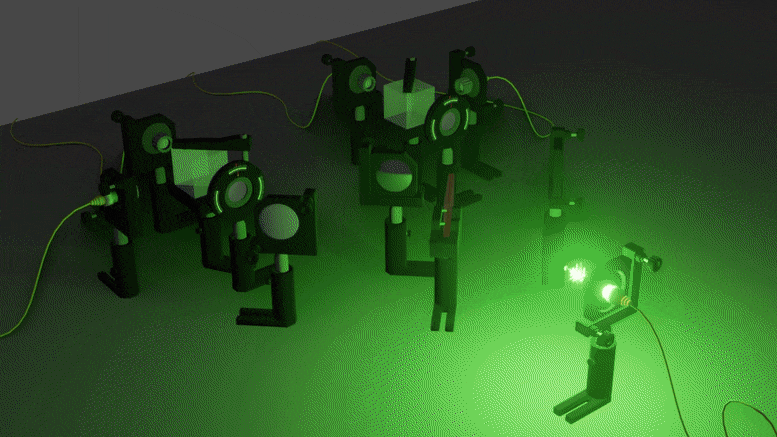


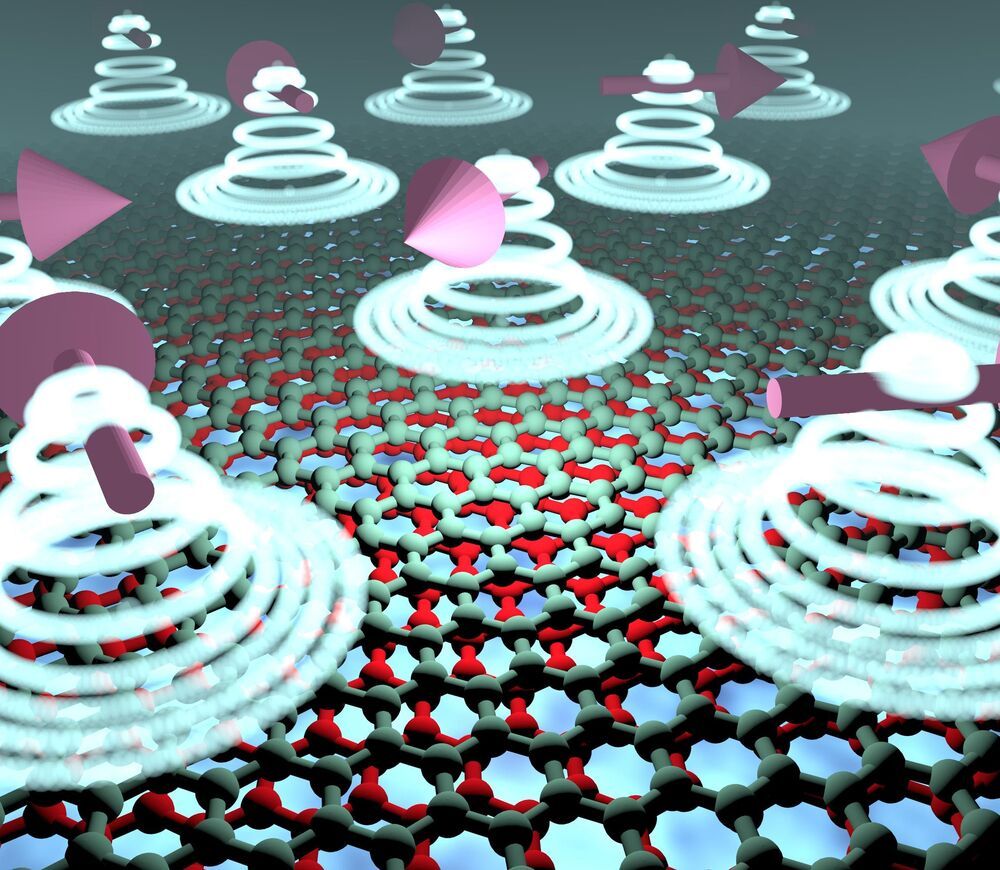
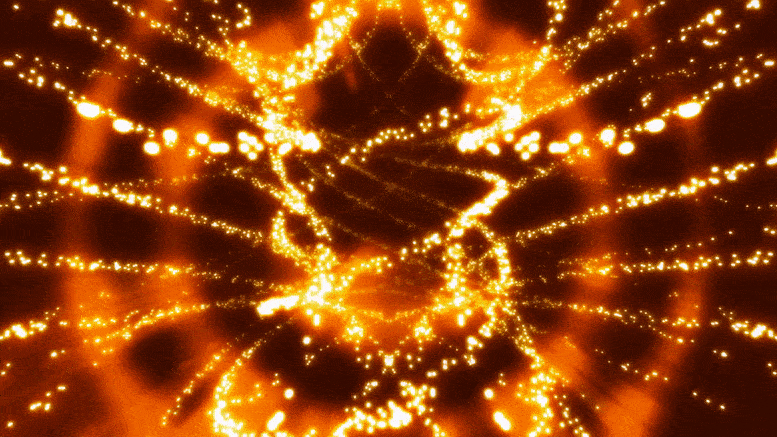
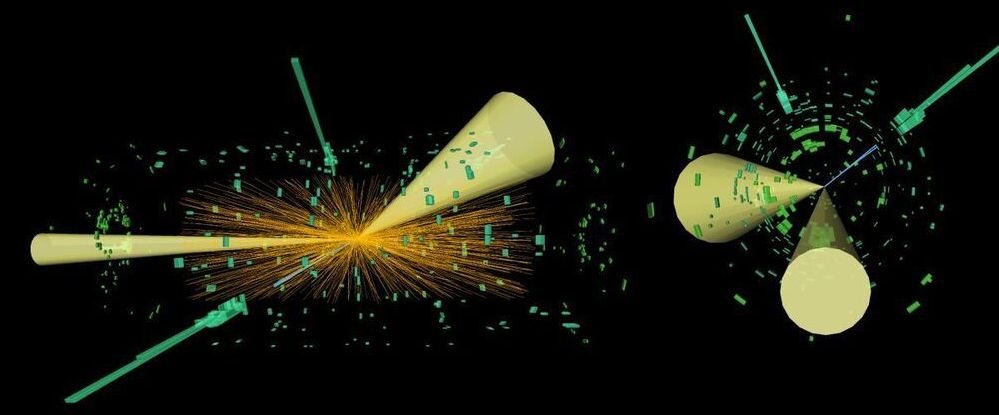
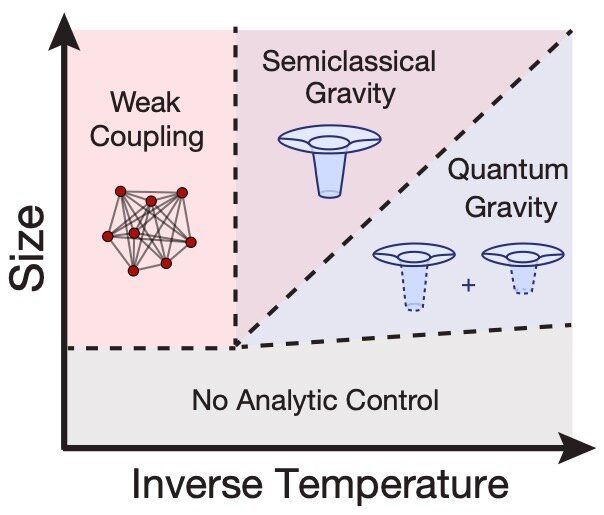

 The plasma compression fusion device (PCFD) generates the energy gain by plasma compression-induced nuclear fusion. This concept has the capability of maximizing the product of plasma pressure and energy confinement time to maximize the energy gain, and thus give rise to fusion ignition conditions. The preferred embodiment of this original concept uses a hollow cross-duct configuration of circular cross section in which the concentrated magnetic energy flux from two pairs of opposing curved-headed counter-spinning conical structures (possibly made from an alloy of tungsten with high capacitance) whose outer surfaces are electrically charged compresses a gaseous mixture of fusion fuel into a plasma, heated to extreme temperatures and pressures. The generated high-intensity electromagnetic (EM) radiation heats the plasma and the produced magnetic fields confine it in between the counter-spinning conical structures, named the dynamic fusors (four of them-smoothly curved apex sections opposing each other in pairs). The dynamic fusors can be assemblies of electrified grids and toroidal magnetic coils, arranged within a conical structure whose outer surface is electrically charged. The cross-duct inner surface surrounding the plasma core region is also electrically charged and vibrated in an accelerated mode to minimize the flux of plasma particles (including neutrals) from impacting the PCFD surfaces and initiating a plasma quench. The fusion fuel (preferably deuterium gas) is introduced into the plasma core through the counterspinning conical structures, namely, injected through orifices in the dynamic fusor heads. There is envisioned another even more compact version of this concept, which uses accelerated vibration in a linear-duct configuration (using two counterspinning dynamic fusors only) and would best be suited for fusion power generation on aircraft, or main battle tanks. The concept uses controlled motion of electrically charged matter through accelerated vibration and/or accelerated spin subjected to smooth, yet rapid acceleration transients, to generate extremely high-energy/high-intensity EM radiation (fields of high-energy photons) which not only confines the plasma but also greatly compresses itso as to produce a high power density plasma burn, leading to ignition. The PCFD concept can produce power in the gigawatt to terawatt range (and higher) with input power in the kilowatt to megawatt range and can possibly lead to ignition (selfsustained) plasma burn. Several important practical engineering and operational issues with operating a device such as the PCFD are discussed.
The plasma compression fusion device (PCFD) generates the energy gain by plasma compression-induced nuclear fusion. This concept has the capability of maximizing the product of plasma pressure and energy confinement time to maximize the energy gain, and thus give rise to fusion ignition conditions. The preferred embodiment of this original concept uses a hollow cross-duct configuration of circular cross section in which the concentrated magnetic energy flux from two pairs of opposing curved-headed counter-spinning conical structures (possibly made from an alloy of tungsten with high capacitance) whose outer surfaces are electrically charged compresses a gaseous mixture of fusion fuel into a plasma, heated to extreme temperatures and pressures. The generated high-intensity electromagnetic (EM) radiation heats the plasma and the produced magnetic fields confine it in between the counter-spinning conical structures, named the dynamic fusors (four of them-smoothly curved apex sections opposing each other in pairs). The dynamic fusors can be assemblies of electrified grids and toroidal magnetic coils, arranged within a conical structure whose outer surface is electrically charged. The cross-duct inner surface surrounding the plasma core region is also electrically charged and vibrated in an accelerated mode to minimize the flux of plasma particles (including neutrals) from impacting the PCFD surfaces and initiating a plasma quench. The fusion fuel (preferably deuterium gas) is introduced into the plasma core through the counterspinning conical structures, namely, injected through orifices in the dynamic fusor heads. There is envisioned another even more compact version of this concept, which uses accelerated vibration in a linear-duct configuration (using two counterspinning dynamic fusors only) and would best be suited for fusion power generation on aircraft, or main battle tanks. The concept uses controlled motion of electrically charged matter through accelerated vibration and/or accelerated spin subjected to smooth, yet rapid acceleration transients, to generate extremely high-energy/high-intensity EM radiation (fields of high-energy photons) which not only confines the plasma but also greatly compresses itso as to produce a high power density plasma burn, leading to ignition. The PCFD concept can produce power in the gigawatt to terawatt range (and higher) with input power in the kilowatt to megawatt range and can possibly lead to ignition (selfsustained) plasma burn. Several important practical engineering and operational issues with operating a device such as the PCFD are discussed.






